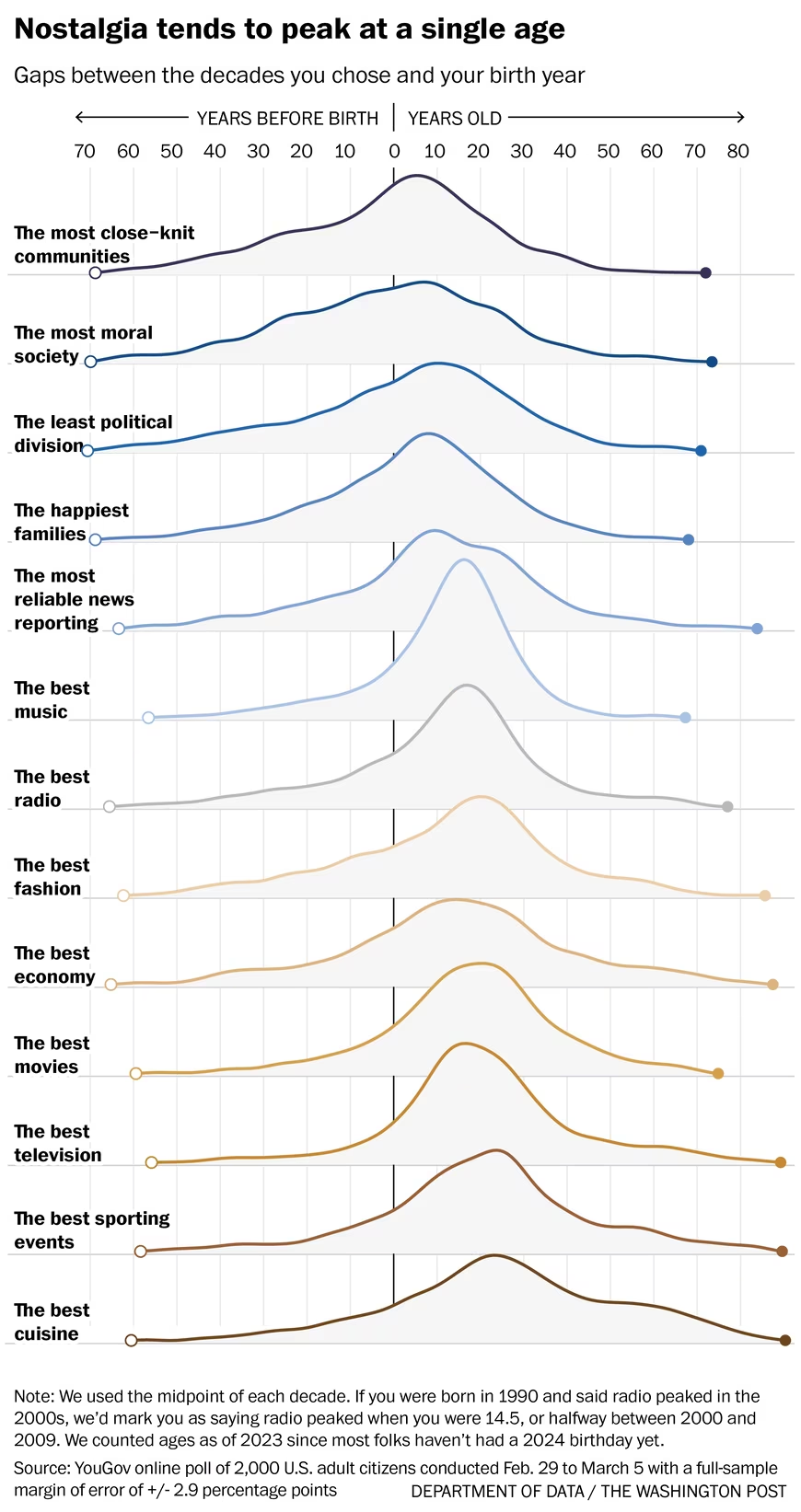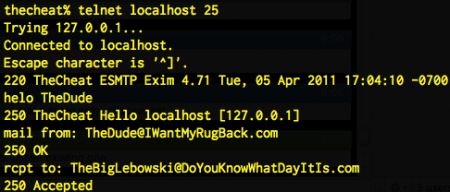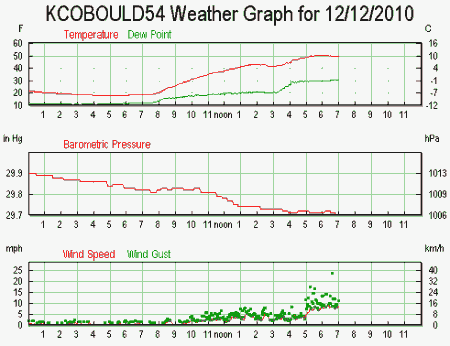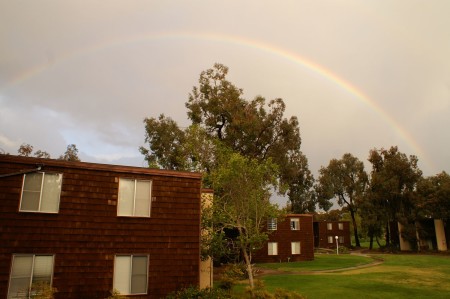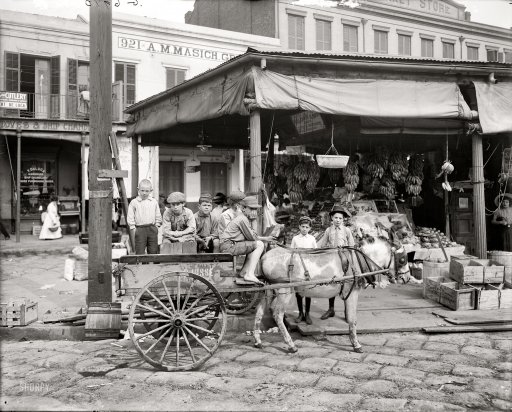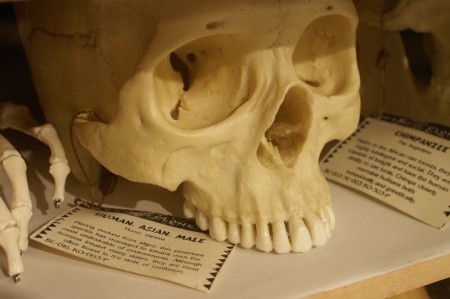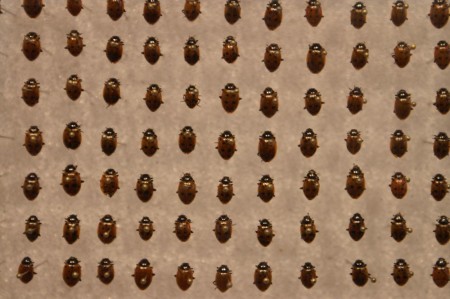Boulder NIMBYs
On the Not In My Back Yard to Yes In My Backyard spectrum, I am definitely on the YIMBY end. I firmly believe that one of the most corrosive elements of modern American society is how expensive housing has become. It has vastly outpaced inflation and has locked a huge swath of Americans out of the ability to afford rent or buy a home where they want to live. It makes moving for whatever reason (job, schooling, family, etc) much harder. I believe that it is one of the biggest contributors to political disfunction and the rise of extreme political division.
I live in Boulder, Colorado, which has a long history of open space preservation. In order to prevent increasing sprawl and encroachment of the iconic Boulder flatirons, in 1959 the city passed the "Blue Line" ordinance that prevented city water from being delivered above a set altitude. This made development above that line much more difficult. In addition, the city and county have made large land acquisitions over the years that has basically encircled the city of Boulder in publicly owned open space.
I want to stress that there's a difference between NIMBYism and preservation. I think one of the best things about Boulder is how close outdoor space is. Starting from my front door on a bike I can be on rural country roads or mountain bike trails in five to ten minutes. But preserving open space doesn't mean that already developed space can't change or get more dense. This is where environmentalism can descend into NIMBYism.
The problem is that choosing to preserve open space and preventing increased density means that any new development has to happen somewhere else. Of course, that's the hope of a true NIMBY, but it's selfish, shortsighted, and inconsistent with true environmentalism. Preventing more density in an existing neighborhood means that new development requires converting existing undeveloped open space into developed land. This means more roads, more people living farther away from destinations, more pollution, and less natural open space.
For a long time the Boulder city council was dominated by members of PLAN-Boulder, the group largely responsible for the Blue Line and other environmental efforts in the last few decades. However, in recent elections more development friendly people have been elected, displacing PLAN-Boulder endorsed council members. I think the most obvious explanation is that as more and more people in the community are finding themselves priced out housing in Boulder, the status quo, which is what PLAN-Boulder represents, is less attractive to voters.
Regrettably, and I often contemplate deleting my account, I am on Nextdoor, which is Twitter for old people. The Boulder Nextdoor is a NIMBY echo chamber. Almost daily there is a post from someone lamenting a new building, or something that's been gone 25 years. Posts complaining about the current council have been frequent lately, and on one of them they linked to a new group: Boulder Action. I was curious, and I clicked on the link. Now, dear reader, you get to travel with me into the mind of a Boulder NIMBY.
On the homepage (see the bottom of this post for a screenshot) they have an info box about Density, Growth and Housing. Let's look at each bullet point:
- Our city just feels too crowded. Not to belabor the point, but one person's too crowded is another's too empty. This is almost meaningless and impossible to measure. It's vibes. More specifically, how do they propose making it "feel" less crowded: depopulation? The only American cities I can think of that depopulated did it for negative reasons such as loss of jobs, or major pollution events. Is that what they want?
- It seems more dense, over-built and less pedestrian-friendly. Vibes! Whoever wrote this copy needed an editor. Two of these topics can be measured (there's no "seems" at all): density and pedestrian-friendliness. Measuring density is obvious, but for pedestrians, I'd think that this can be measured by ability access to destinations by foot and the danger of being injured as a pedestrian. I think that more density correlates with pedestrian friendliness, but it would seem that they don't, which is a tell I'll return to later on
- Small, local businesses are struggling. This may be true, but this needs data compared to local and national trends. Is it any more true now that it was before? Can it be explained entirely by the city council encouraging development? Without data, this is just a vibe.
- Although a lot of housing is being built, much of it is not affordable and not suitable for families. I'd take issue with "a lot of housing," but it probably feels that way to NIMBYs. The cost of the new housing is definitely higher than most would like, but some of the solutions to make building housing cheaper (removing single-family zoning, easier permitting process, no parking minimums, higher density limits, etc) are anathemas to NIMBYS. Their preferred policies directly contribute to the high cost of building housing. Furthermore, the single-family neighborhood of detached homes is not the only suitable place to raise a family. The second half reveals the lack of imagination of the Boulder NIMBY; they can't fathom that not everyone wants to live the way they've chosen to live
- Building height restrictions and some of our light industrial areas are in danger of being eliminated in the service of more housing. Maximum building height is a special topic for the Boulder NIMBY. Being able to see the mountains from anywhere in Boulder is super important to them. I find it fascinating: "we'd like to build more housing so people can afford to live here," and the NIMBY answer is "no, I need to see the mountains from everywhere." I'm not sure about the concern about light industrial areas except as a way to argue against zoning/development changes in general
- Our neighborhoods are threatened by a city council majority who clearly want to increase occupancy and make changes to our zoning regulations, eliminating single family zoning. Well, yeah, duh. Single family housing is probably the top reason why there's a housing crisis. The problem is NIMBYs act like getting rid of single family housing means iron foundries will be built in residential areas. No one wants that, but would it be so bad to have more (any?) missing middle housing in residential neighborhoods? Will a triplex cause your neighborhood to descend into a slum? A corner coffee shop or salon/barber wouldn't ruin your neighborhood, I guarantee. Notice that they cite the "city council majority." I remember voting for the city council and many of the current members openly campaigned on doing the things these NIMBYs dislike. This is how democracy works, folks
- Driving through cross-town traffic during the day is daunting. Here's the big tell of these NIMBYs. They expect to be able to drive in town during the day and not encounter traffic. Above they complain about the city seeming less pedestrian-friendly, and here about traffic. Any measure to make the city more car friendly is certain to be less pedestrian friendly. They want to be able to drive without traffic, and want a pleasant walk where they choose to walk, and they don't care about where other people might want to walk if it makes their drive "daunting." The only want to accomplish that is if their walks never go to any destination one might drive to because cars and pedestrian accommodations are opposites in cities. Making space for cars means taking it from pedestrians, cyclists, and other modes of transportation
There's more on that page, but I'm going to stop here. I think all of this boils down to NIMBYs being selfish and not accepting that places change. I saw the graphic below some time ago, and I think of it often when hearing NIMBY complaints about change. Things (vibes!) were just better in the past, and anything that is change is bad.
Finally, because the group is so new I suspect that the Boulder Action webpage will experience change in the near future. I've put a screenshot of how the page looked when this post was written here.
more ...My Listening to Music in 2024
I don't subscribe to Spotify, so I don't get an end-of-year Spotify Wrapped summary. But not to be outdone, Last.fm offers a "Playback" report. It's basically the same thing as Wrapped except that Last.fm waits until the year is actually over before sending out the report.
I managed to scrobble a few more tracks than last year:
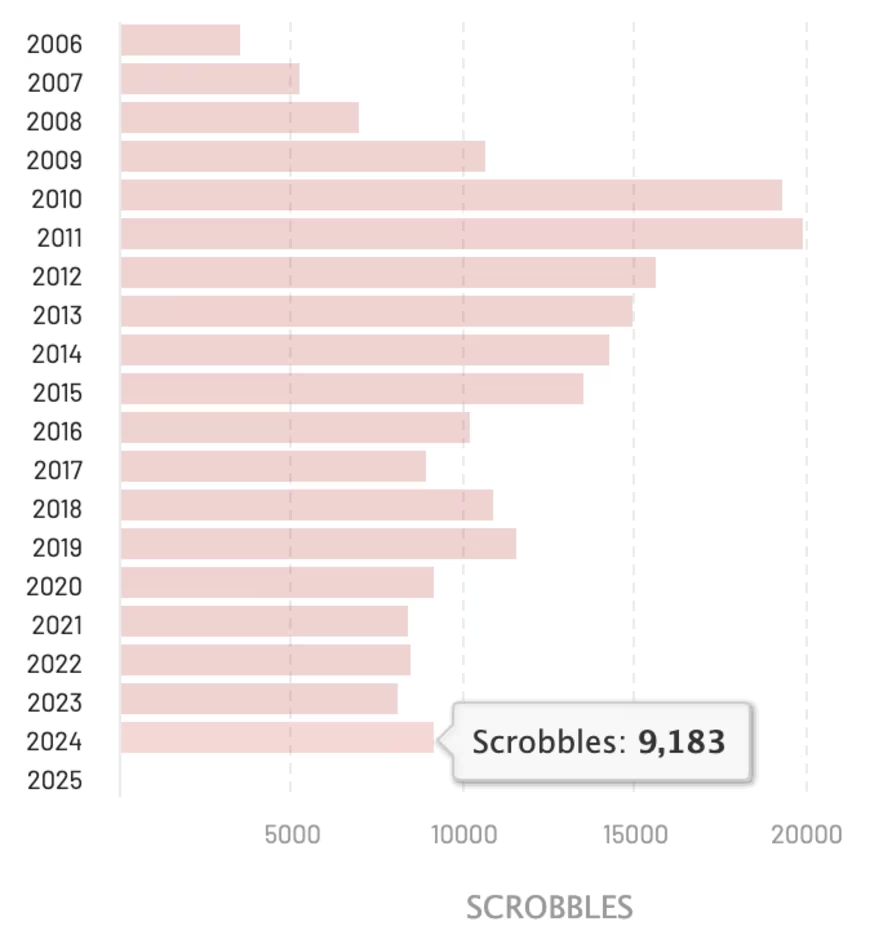
My Playback report isn't all that interesting so it's not worth sharing. What I do want to highlight from it is the need for people to learn when to use averages, and when to use medians. Here is one of the factoids my report tells me, that my top track was Right Back to It by Waxahatchee with MJ Lenderman. My 17 listens puts me in the top 5% of listeners of that song.
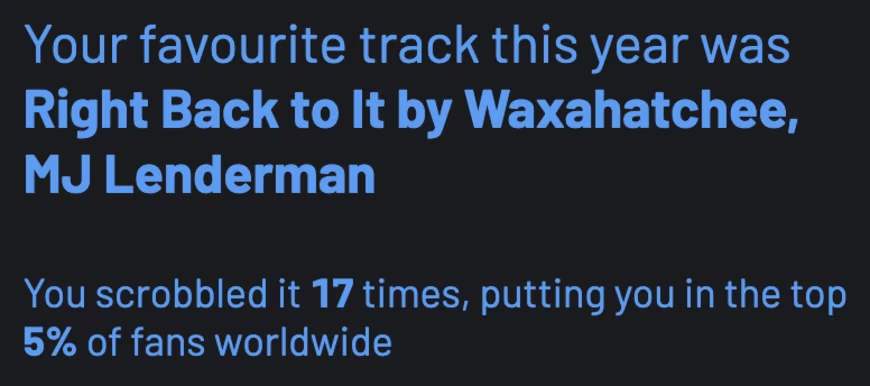
Next, the reports gives me this graph which shows the cumulative number of listens to the track by me and by the average of all users who also listened at least once. Despite being in the top 5% of all listeners, you'll notice that my line is below the average line. These two facts combine to illustrate why averages are often misleading, and medians are more informative.
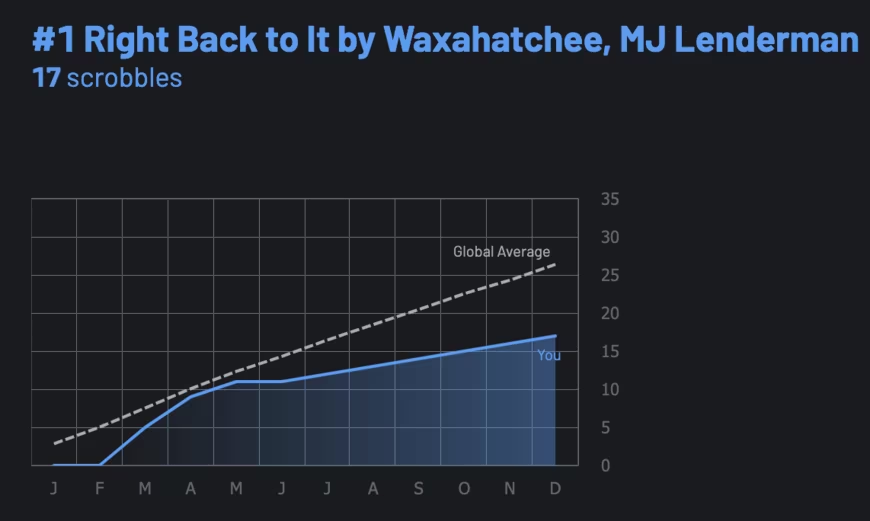
Let's put it this way, if I was serving food with Warren Buffet at a shelter for 100 homeless people, on average we would all be billionaires. Then asking the question "on average you're all billionaires, why are most of you homeless?" abuses statistics. The median wealth in that shelter would be zero, which is far more accurate of the financial condition of most of the people there.
In the same way as a few people can be immensely wealthy and skew averages into meaninglessness, all it takes is a few people who put Right Back to It on repeat to heavily skew the plot into absurdity. It's likely that the median line for this track might be nearly flat at just a few plays. Maybe the people at Last.fm think that looks funny, but if I'm in the top 5% of listeners, my listening history should look very different from the median (most other) listeners!
Here's the end of year report I'm sending to Last.fm:

The European Decimal Comma is Wrong
There are many things we Americans do badly. We won't give ourselves a health care system that makes sense. We die on our roads more than other advanced countries. We kill ourselves and others with guns way more than any other country. We stubbornly stick to Imperial units when Metric units and its powers of ten make much more sense.
There are a few things we do better, however. American National Parks are far beyond anything any other country has. The Americans with Disabilities Act is superlative when compared to the feeble efforts of even the most advanced European countries. Our popular culture, for better or worse, is able to make it to even the most remote corners of the world.
I want to highlight one thing that many Europeans do that is
absolutely, 100% wrong, that Americans do right (or at least not incorrectly,
as I'll explain below).
In Europe, the number 12345/10 is written
1.234,5
while here in the land of freedom, we write it
1,234.5
Europeans are wrong because they are inconsistent. Like most of the world, they use a period "." to indicate the end of a sentence and a comma "," mid-sentence for phrasing. Periods are used between sentences to separate ideas, concepts, and thoughts. If we compare this to numbers, there's a big jump in concept from whole, countable integers, to less-than-one decimal numbers. Children learn whole numbers many years before learning decimals, and the whole time they're also learning to read. Learning that periods between sentences indicate a jump to a new thought or concept. Like sentences, Americans use periods to separate big ideas in numbers, specifically between integers and decimals. And this is why the European comma is wrong, and Americans are not wrong. Americans use a comma in a number to indicate groups of thousands (phrasing) and periods to indicate decimal numbers (new concept), which is consistent with how sentences are written.
There's really no defense to the European decimal comma, and frankly their refusal to fix it is just as bad as the many (many!) things Americans do wrongly.
more ...Bye Bye Google Reader
Here's what I see when I look at my Google Reader stats:
Since May 22, 2007 you have read a total of 291,781 items.
That count will go no higher.
Google has decided to retire Reader on July 1st. Reluctantly, I have decided that I will not be using Reader on my six year anniversary. As a test, for the last week I have been exclusively using tt-rss installed on this web server as a replacement. So far it has been working pretty well. It's not a perfect replacement for Reader, but Reader isn't a perfect replacement for what Reader used to be, either. And unlike Reader, since it's self-hosted, no one will be taking it away from me.
If you want an account on my server, and you are someone I know personally, don't heistate to ask!
Update: I no longer run tt-rss. As of late, I have been using Feedly.
Update January 2025: I have now switched to NetNewsWire. Feedly wasn't bad, per se, but they inserted sneaky ads into feeds which is annoying. I could have paid for Feedly to remove ads. Feedly is a commercial operation and they need money to run their services. Instead I'm going with NetNewsWire is completely free and open source. So far it works well and I recommend checking it out.
more ...Yahoo! Mail is Run By Idiots
I have heard from a couple people that Yahoo! Mail will not send messages to my new email address. Below is a screen capture demonstrating this (not that I doubted them):
My email address is indeed valid, and I have now sent and received hundreds of emails using it. Furthermore, the specifications for email addresses are very simple, and my email address follows them (obviously). Yahoo! clearly needs to hire someone who can read a Wikipedia page and write a simple regular expression validating email addresses. Actually, a quick Google search (natch) proves that this has already been done dozens of times.
Just yet another reason why I'm glad I finally switched away from Yahoo! Mail. Good riddance.
more ...Making the Switch
Looking at the oldest email I can find, I have been using my Yahoo email address for nearly 9 years. Back then, there was no Gmail as an option. The only other webmail that was comparable was Hotmail. And there was no way I was going to use Hotmail because it was, and still is, owned by Microsoft. For much of that time I have even paid a yearly fee to Yahoo to remove advertisements and add other features.
In the last year I have become increasingly unhappy about Yahoo mail. They have refused to enable IMAP for anything but smart phones. GMail has enabled IMAP for everything for a long time. Yahoo's servers are slow and flaky. Sometimes I cannot access my mail for half an hour (or more) until someone (presumably) does something somewhere to clear it up. I could overlook all of these things, mainly because I knew that switching email providers would be a chore.
However, the last straw was when they added a new feature that allows you to chat with your facebook friends in Yahoo mail. I suppose that this might be useful to some people, but it smacks of "me too" by Yahoo. The faceplace is the new hotness, something Yahoo hasn't been in a decade, and since Yahoo can't innovate their way back into relevance, they've just given up. This is the kind of stuff that insults my sensibilities.
Initially unrelated to all of this, my brother recently purchased a new domain: skory.us. He purchased it primarily so he could make a 10 digit email address: ?@skory.us (? = some letter of the alphabet). I thought that was pretty cool, and I wanted in on that action.
What pushed me to make a decision is that in a couple weeks my Yahoo mail membership comes due, and I didn't want to give them any more money.
Therefore, last weekend I decided to sign up for a free Google Apps account using the skory.us domain. I swapped the MX DNS records over to Google's servers, and started pulling all my old email from my Yahoo account. The pull of 50,000+ emails took over a week and wasn't straightforward. I had to baby sit it daily on each end. THIS is why I was so hesitant to switch email providers because I knew it would be a hassle, and it was a hassle.
The move wasn't perfect - although I pulled all my sent mail (i.e. email I wrote), I can't get it into the Google sent mail folder. And there's still more work to do. I have my Yahoo address in many, many places on the internet that I am going to have to slowly change. In the meantime, the Yahoo email will forward to Google.
Finally, here's my new email address in a human parse-able but obfuscated format. Update your address books!
Boulder Weather
I don't often post twice in one day, but I had to show this:
Sunset was at 4:36pm (and the sun fell behind the mountains even before that), but as you can see above, it actually got warmer as the sun set. The wind also picked up at the same time, and the air pressure fell, indicating that the heat was due to the wind warming up as it blew down the mountains. Boulder weather is weird!
more ...TSA Regulations
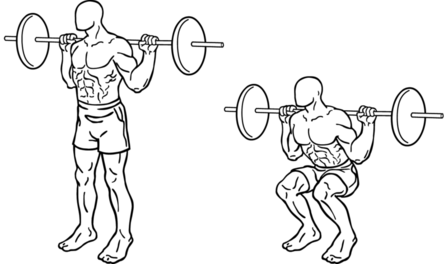
We're flying to Oakland next week for a whole slew of events with family. I haven't decided if I'm going to opt-out of the advanced imaging scanners (AIS) or not. The TSA and FDA claim the X-ray backscatter imaging machines are safe, however they reference studies looking at a different energy-band of X-rays than are used in the machines. The millimeter-wave machines are likely safer. My decision may depend on which type of machine they're using (if Denver has them yet, they didn't the last time I was there) and how much time we have before the flight.
I am a firm believer that most of what the TSA does is "security theater," wherein they do things that appear to make us safer by responding to specific threats, but it does not (and can not ever) address all the different attack vectors terrorists might use. In particular, the AIS machines and the "enhanced" pat-downs (more like "feel-ups"), which have been introduced ostensibly in response to the "underwear bomber" from a year ago, fail to address "internally" stored explosives, so to speak. Not that I'm hoping for it to happen, but as soon as this fairly obvious attack vector is tried, what will the TSA do then?
I have some ideas.
- Have passengers to disrobe into hospital-style gowns with open backs. Then they must perform ten deep squats in view of a TSA agent. They have the option of visiting the bathroom beforehand to prevent "accidents" (or get rid of the evidence). This will have the side-benefit of preventing obese and disabled passengers from flying, allowing the airlines to reduce seat and aisle width and legroom even further.
- Tell passengers to show up to the airport six hours early and give everyone a strong laxative. This may be combined with the above, in order to "facilitate" the discovery or disposal of explosives.
- Sedate passengers prior and during to each flight period, giving them a 24 hour window over which the flight may occur. This prevents the terrorists from being conscious to set a bomb off, or set a timer beforehand. To prevent the use of air pressure-sensitive triggers, the sedated passengers would spend time in a high-altitude chamber.
- Good ol' fashioned cavity searches. Anything for security, right?
Sure, the things above sound ridiculous, but so does wasteful security that responds to specific threats, which is what we have now.
more ...Back in San Diego (Temporarily)
I'm back in San Diego for the next week and a half in order to graduate. I defend in one week on the 27th. The photo above is of a tarantula that lives in the office that I used to sit in, and that I am sitting in again while I'm here. That is its full significance to this post.
If the tarantula isn't big enough above, you can make it bigger by clicking on the image!
more ...Leaving San Diego
Today we're driving from San Diego to Boulder. The various mapping services give the drive time on the order of seventeen and a half hours. Most of our things have been picked up by the movers and we're only carrying the things we need, can't replace, or is alive. The movers were supposed to have come yesterday so we could leave yesterday, but there was armageddon traffic on I-5 so they delayed coming today. The apartment is empty and we've turned in our keys.
Not really how it looks in the middle of July, although it did drizzle this morning
I'm sad to leave San Diego, it has been a very good place to live for seven years. I'm leaving behinds lots of friends and a place I'm used to living with weather I like. Boulder is an exciting new place with new friends to make. It has four seasons, which will be a new thing for both of us. I don't know if we'll ever live in San Diego again, but I do want to come back and see my old friends and go for a bike ride with them.
Goodbye!
more ...Pareidolia
For a few months I have subscribed to Shorpy, a site that posts high-quality scans of historic American photographs. I save the ones I like, and I've set my computer to rotate randomly through them as my computer desktop picture. This morning I saw something I couldn't ignore! Take a look at the photo below of the [French Market in New Orleans in 1910][2]:
What do you see just above and to the right of the wagon wheel? You can click on the image for the full view, or look at a zoom-in below:
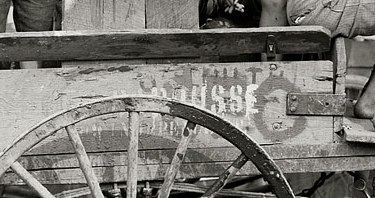
It's Che Guevara, of course! You can clearly see an eye, his beard, two nostrils and hat. He even appears to be sticking his tongue out. I am forced to wonder how his image ended up on a horse-drawn cart in New Orleans eighteen years before he was born. But clearly it's a sign of something profound and mystical. Any ideas?

Brodozers
I spent several hours today standing at the corner of El Norte Parkway and Elm Street in Escondido as a course marshal for the Amgen Tour of California. Today was the final stage of the eight stage (plus prologue) race that started in Sacramento.
While I waited hours for the brief seconds of each pack of cyclists to pass, I decided to amuse myself by taking pictures of all the "brodozers" that drove by. A brodozer is a pick-up truck that has been jacked up on shocks with huge noisy tires. They are a particularly nasty form of transportation. They are a big middle finger to the environment and are driven by young males in a very aggressive manner. One of my scariest moments on a bicycle was due to a brodozer in East County San Diego. This county is infested with brodozers, and Escondido is particularly bad.
Below are 17 brodozers I was able to capture. There were many that passed before I had inspiration to photograph them, and others I missed. It's interesting that white is the dominant color, and none appear to have been off-road recently. Note that a brodozer was the only vehicle I saw escorted off the course by the police. That brodozer needed to be told more than once by the police to get off the course. This tells you all you need to know about brodozer drivers.
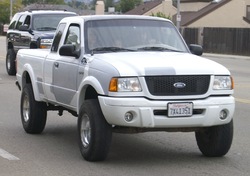
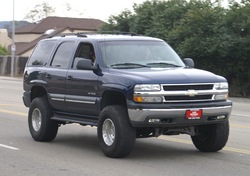
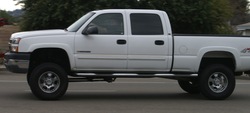
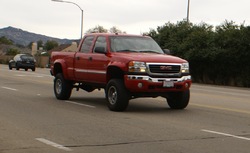
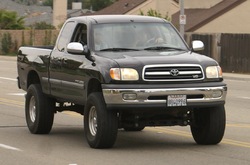
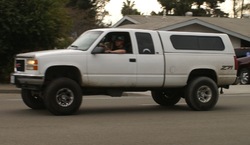
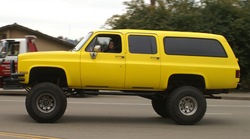

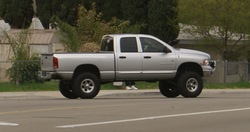

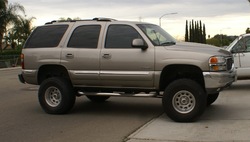


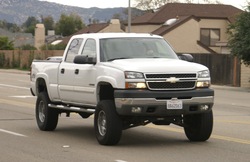

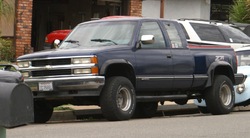
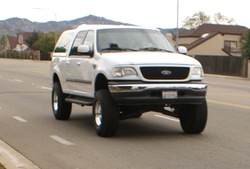 more ...
more ...
The New Academy of Sciences
A few days ago while I was still in the Bay Area, I visited the new Academy of Sciences museum with my family. They just re-opened a few months ago after replacing their old earthquake-damaged buildings with a new, very unique building. You can follow those links to learn all about the "living roof" and the various exhibits.
I have some mixed feelings about the new museum. The old museum was a funky amalgamation of several buildings built over many decades. You could see the history of modern American natural museums in one place. The old section had dioramas of taxidermied animals in pseudo-natural scenes. Exhibits like lions hunting antelopes with Serengeti sounds playing on speakers. The newer sections had live animals and fish and a greater focus on education. The whole place was labyrinthine and dusty, and a well-used kind of ancient. It was never too full of people. I liked the old museum and I'm sad that a piece of my childhood is gone.
The new place is very shiny, flashy and popular. We waited for one hour and forty minutes to get inside. It might be bigger in cubic meters due to the higher ceilings, but I don't think it's bigger in square meters of floorspace. The main exhibition areas are limited to the two ends of the building, past the planetarium and tropical sphere, and the aquarium has been moved to the basement. The aquarium is quite a bit nicer than it was, with a few tanks that rival the Monterey Bay Aquarium in quality and cool curving Plexiglas, but not in size. Like the Monterey Bay Aquarium, the museum pushes education on choices the individual can make to positively change their effect on the ecosphere. They have a "carbon balance", but it mostly ends up being played with by children who generally don't decide whether to buy a SUV or a hybrid car.
I found a couple things I really liked; click on the thumbnails above. Read the tag on the human skull, and take a look at a whole wall of very carefully pinned ladybugs. I took three pictures a various zooms. That may have been a PhD thesis, right there.
more ...